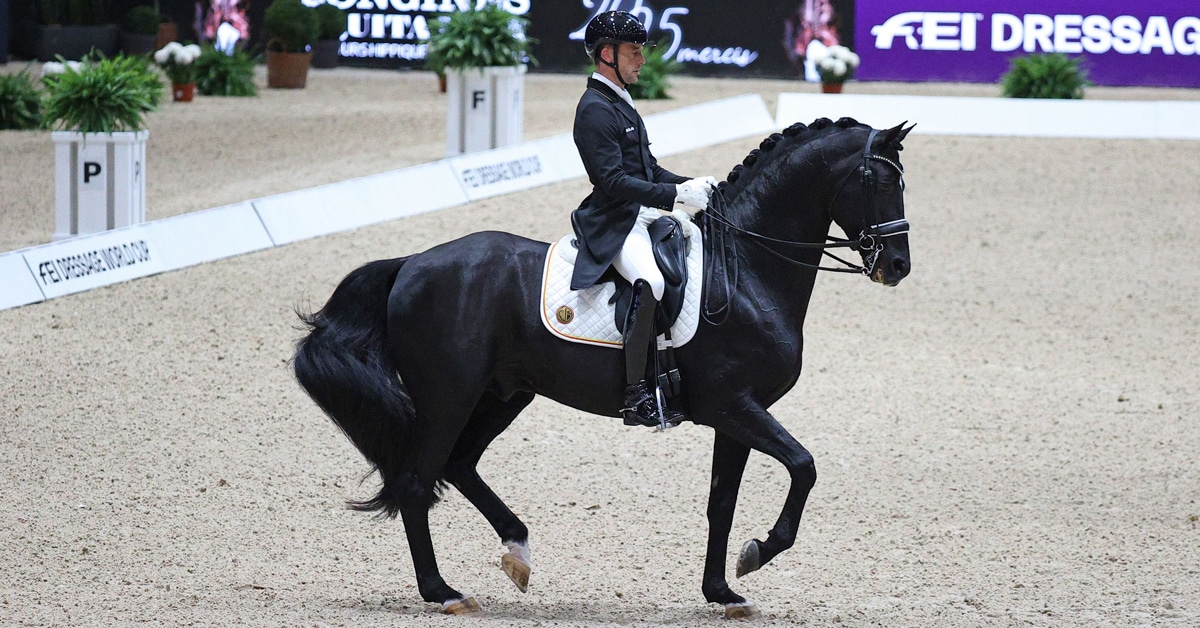The Ontario Ministry of Agriculture and Food (OMAF) has been notified of a confirmed case of Equine Herpes Myeloencephalopathy (EHM), caused by equine herpes virus 1 (EHV-1), in Wellington County. A blood sample from a horse with severe neurological signs tested positive for EHV-1 neuropathogenic pathotype in early April. The horse was euthanized. After discussion with the veterinarian, the stable manager voluntarily placed the premises under a self-imposed quarantine to reduce the risk of viral spread. To date, there have been no further reports of equine illness on the farm.
In 2012, there was one laboratory-confirmed case of EHM in Ontario.
EHV-1 infection in horses can cause respiratory disease, abortion, neonatal foal death, and/or neurological disease. EHV-1 is not a federally reportable disease. It is immediately notifiable by laboratories under the reporting regulation of the provincial Animal Health Act.
Because infected horses may show no clinical signs, but still shed the virus, the temperature of suspect animals should be monitored twice daily for 14 -21 days and any abnormalities discussed with a veterinarian. Neurological signs include loss of muscle coordination, lethargy, inability to urinate, reduced tail tone and/or head tilt. It is important that a veterinarian assess suspect cases of EHM, since it can be difficult to distinguish between this and other serious diseases, such as rabies, that can affect the nervous system in horses.
EHV-1 is easily spread by sharing contaminated equipment, contact with an animal carrying the virus, or by the clothing, hands or equipment of visitors to farms who recently had contact with an infected horse.
All horse owners should be reminded to practice vaccination and appropriate biosecurity protocols and procedures (see links below) for horses and equipment coming on and off the farm, particularly if traveling to shows or events.
Current EHV vaccines may reduce viral shedding but are not protective against the neurological form of the disease. Implementing routine biosecurity practices is the best way to minimize the spread of this disease.
Increased vigilance is needed in the equine industry at this time. In cases of neurological disease, a veterinarian’s first obligation is to rule out rabies if the animal dies or is euthanized, by submitting a brain sample to CFIA. Appropriate personal protection, such as gloves and a face shield, should be used when collecting samples.
Equine Herpes Virus is an opportunity to remind your clients that the best method of disease control is disease prevention.
Ontario cases of EHM and other equine neurological disease are listed at here.
More News








